QinetiQ recently announced that the company's solar-powered Zephyr High-Altitude Long-Endurance unmanned aerial system (HALE UAS) has recently resumed flight testing and payload evaluations in Yuma, Arizona, when a joint U.S./U.K. Zephyr team undertook the first operation of the system with a U.S. flight crew.
This installment of an ongoing evaluation campaign focused on reviewing potential payloads as well as advancing the concept of operations (conops) for operating long endurance persistent aircraft in excess of five days.
The Zephyr concept is designed to offer solar-powered, persistent coverage with continuous mission durations of up to three months. Capable of carrying a variety of payloads, the applications of the system include wide area surveillance, communications relay, specific target monitoring, anti-piracy efforts, route monitoring, counter-IED, border security, and local area security.
According to the company's Web site, Zephyr is an ultra-lightweight carbon-fiber aircraft weighing less than 100 pounds with a wingspan of up to 75 feet. The aircraft can be launched by hand and during the day paper-thin United Solar Ovonic amorphous silicon arrays that cover the aircraft's wings provide solar power. At night the aircraft is powered by lithium-sulphur batteries that are recharged during the day using solar power.




![Reblog this post [with Zemanta]](http://img.zemanta.com/reblog_e.png?x-id=7f92c848-b475-4b0a-b49b-0d378902ecb7)

 Technorati
Technorati Del.icio.us
Del.icio.us Slashdot
Slashdot Digg
Digg twitter
twitter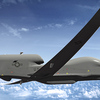
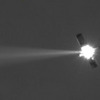

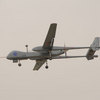
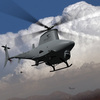
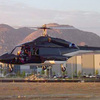
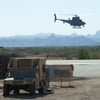
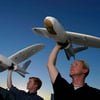
















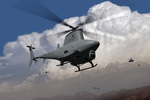





Leave a comment